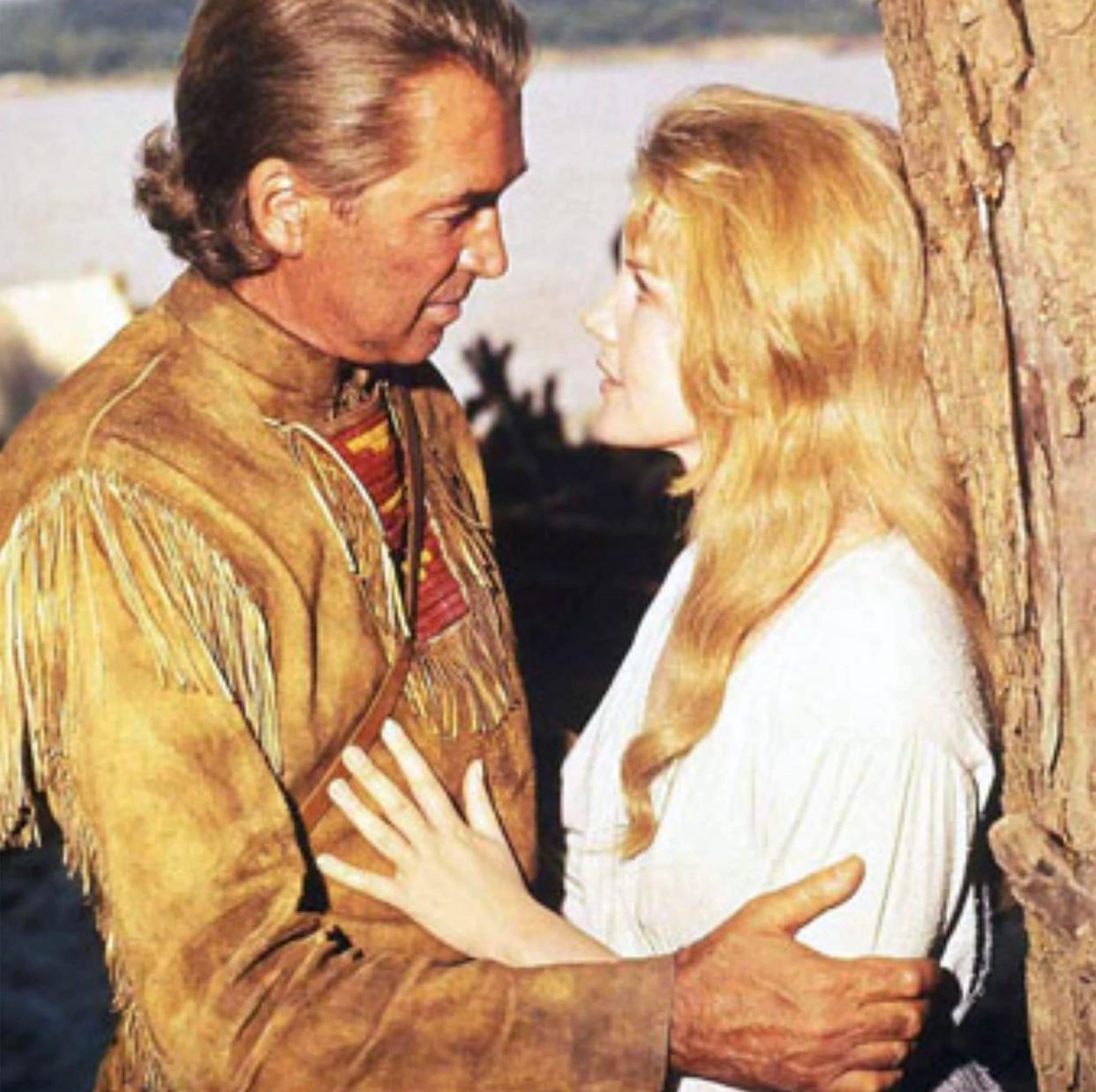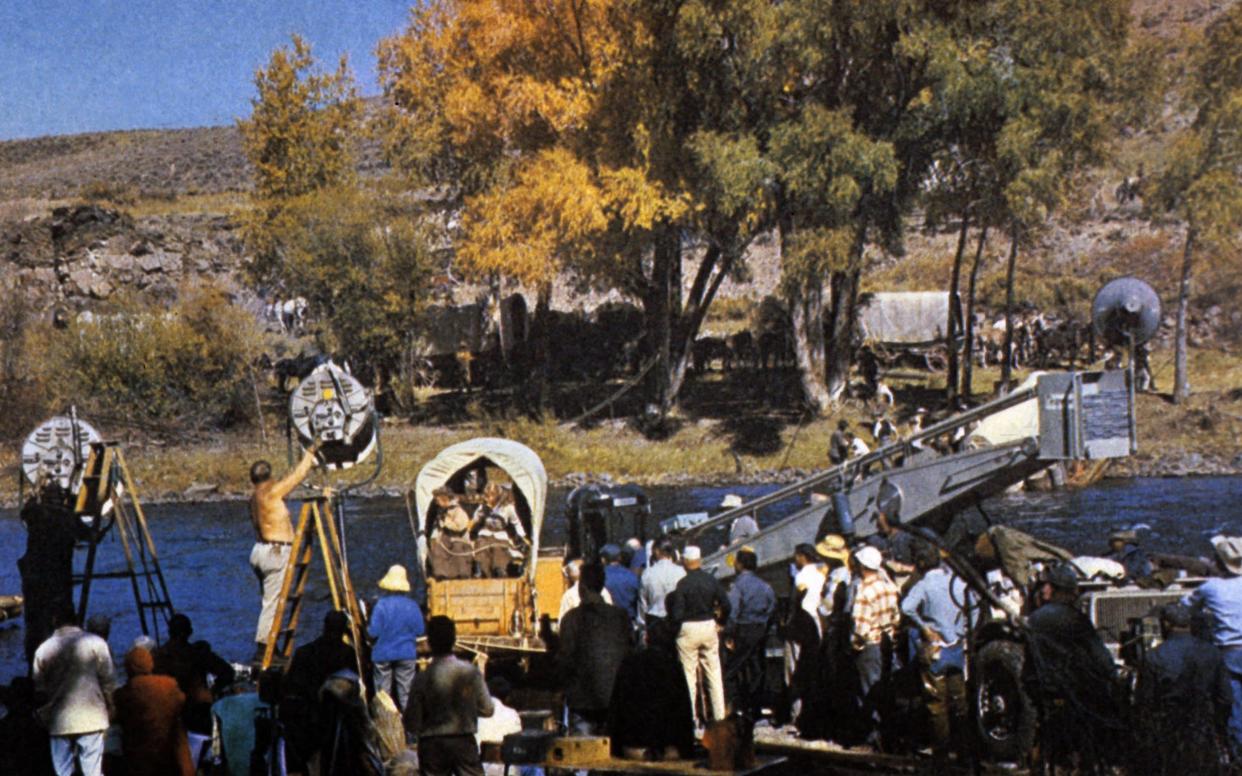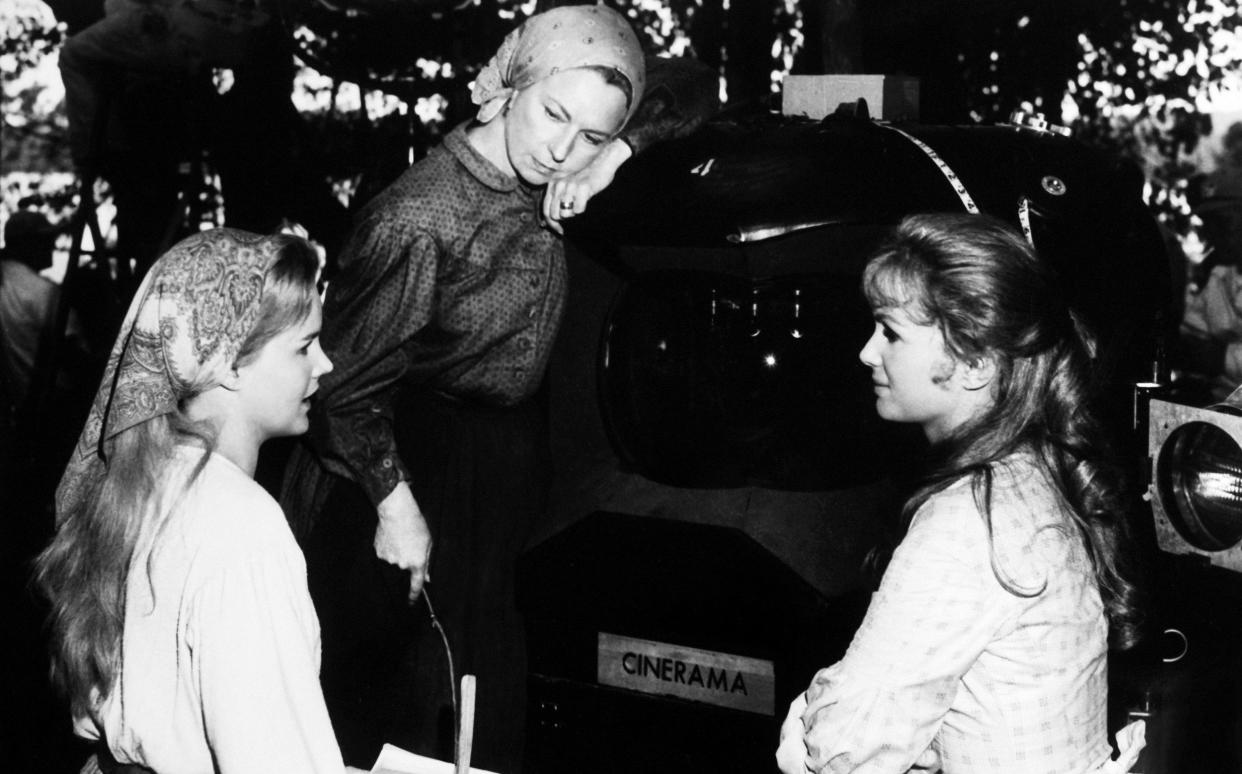How the West Was Won saved Hollywood – but it may have ruined Kevin Costner

The news that Kevin Costner’s decades-in-the-offing, largely self-funded western epic Horizon has proved – in its first weekend, at least – a commercial flop has been both disappointing and unsurprising news. It is disappointing because there’s a school of thought (including this newspaper’s critic) that has suggested that this noble, old-fashioned kind of filmmaking should be commended and encouraged rather than dismissed, and because the second instalment in the Horizon series, which is released in August, now looks as if it is doomed to oblivion without a committed audience.
None of this is surprising; the western, as we know it, is more or less dead at the cinema. The success of Costner’s TV drama Yellowstone, amongst other shows, suggests that there is still an audience for it, but on the small rather than big screen. It is not for nothing that its best-known contemporary practitioner, Clint Eastwood, turned his back on the genre over three decades ago, with his last true western being the magnificent, Oscar-winning Unforgiven, which itself came in the wake of Costner’s similarly award-laden Dances with Wolves. Yet the last box office hit of any note was the excellent Hell or High Water from 2016: written, perhaps not coincidentally, by Yellowstone creator Taylor Sheridan.
Still, the golden era of the western was decades ago, and probably began with the John Ford-John Wayne classic Stagecoach in 1939 and ended in 1992 with Clint Eastwood’s Unforgiven. In between came numerous unforgettable pictures, including High Noon, The Good, The Bad and the Ugly, The Searchers and many more. Yet the film that inspired Costner more than any other was the 1962 epic How The West Was Won, co-directed by Ford and conceived on the grandest imaginable scale.

Released the same year as the similarly maximalist Second World War film The Longest Day, it represented a determined effort by the big Hollywood studios to take on the new scourge of television by giving audiences what they could want on the biggest screen possible, thereby conveying an all-American sense of grandiloquence into the bargain.
Costner has consistently said that How The West Was Won was “the movie that changed my life”, and the picture that sent him off into making westerns, for better or for worse. In 2020, he shared how watching it for the first time, at the age of seven, was a hugely formative experience. “it was a four hour long movie…I didn’t move,” he said. “I was thrilled by the whole story… As a seven-year-old, the idea that, before cities, there were just places untouched…it was incredible.” It won three Oscars, including Best Screenplay, and was nominated for five others, including Best Picture.
It is now firmly established as a cinematic classic, being inducted into the Library of Congress’s National Film Registry as “culturally, historically, or aesthetically significant” in 1997. Yet its success was by no means a sure thing, not least because the sheer chutzpah – some would say arrogance – of its conception makes Costner’s ambition look like someone fooling around with an iPhone at home.

After MGM Studios had massive success with 1959’s Ben-Hur, which won 11 Oscars and seemed to hold off the perceived threat from television for a while, its head Sol S Siegel decided to commission a stream of expensive epics, all of which he hoped would have similar success to the Charlton Heston vehicle. It seemed only too fitting that the most ambitious of all these pictures, How The West Was Won, would be filmed in Cinerama, an insanely complicated and expensive process that would require three synchronised projectors to display the completed film on a huge curved screen. It prefigured Imax by decades, and was known to be a technical nightmare. But the rewards were thought to be worth it.
When Cinerama first appeared in 1952, the New York Times’ film critic Bosley Crowther – not a man given to hyperbole - was driven to remark that “People sat back in spellbound wonder as the scenic program flowed across the screen. It was really as though most of them were seeing motion pictures for the first time...the effect of Cinerama in this its initial display is frankly and exclusively ‘sensational’, in the literal sense of that word.”
Yet the pictures that were filmed using the process were nothing more than novelties, and not until 1962’s The Wonderful World of the Brothers Grimm would be a proper feature film be released in the format, beating How The West Was Won to the punch by a few months.
It required a true epic to handle its potential. And bizarrely, the man who came up with the concept for such an epic was none other than Bing Crosby, who recorded a 1959 album called How The West Was Won with the country singer Rosemary Clooney. It had been inspired by an article that he had read in Life magazine, which contained vivid pictures of the nineteenth-century Old West, and so MGM purchased the idea from him.
Initially the picture was to be called The Great Western Story and to star Crosby, along with the likes of John Wayne and Irene Dunne, as well as being loosely based on the songs in Crosby’s album. This idea, and Crosby’s casting, was abandoned, but the director Henry Hathaway, the first filmmaker hired to work on the project, liked the idea of the film being a series of episodic incidents that would illuminate the history of Western America throughout the 19th century.
After initial story ideas that would include the iconic likes of Buffalo Bill and Billy the Kid, Hathaway came up with a simpler idea that would allow the screenwriter James R. Webb to construct a cohesive narrative, while still keeping the film’s epic scope. It would encompass five separate but interlinked storylines, beginning in 1839 and ending in 1889, and would include the Civil War – complete with a cameo appearance by Abraham Lincoln – the rise of the railroads and the rush to exploit the oil and gold mining potential of the area.

Hathaway would direct the bulk of the picture, but two crucial segments would be farmed out to other directors; John Ford would direct the Civil War section, reuniting with his regular actor Wayne, and the veteran George Marshall would tackle the railroad material. When Hathaway was asked whether they had considered less seasoned filmmakers, who might bring a new approach to the material, his response was dismissive. “We wanted three old pros, no young geniuses.” An initial budget of $8 million was agreed, and filming of Ford’s segment began in Kentucky in May 1961.
As ever with projects of this complexity and size – as Costner discovered subsequently, to his literal cost– there were almost immediate problems. Firstly, the all-star cast assembled – which included the-then 53 year old James Stewart as a mountain man named Linus Rawlings, a character conceived as 28, and the likes of Debbie Reynolds, Gregory Peck and Henry Fonda – was almost comically vast, and it was feared that the relations between the many characters would soon become oblique, as audiences would forget figures that they had been introduced to in the first hour.
Occasionally, this was solved by near-genius improvisation. George Peppard, playing Stewart’s son, did an imitation of Stewart’s inimitable drawl when reminiscing about his father in a later segment, an idea that Ford was initially perplexed by, but soon convinced of the necessity for such a reminder.

However, there were other problems too. Cinerama was an insanely complicated means of photographing a picture such as this, not least because it made conventional close-ups impossible. As Hathaway later reminisced: “You couldn’t move the camera much, or the picture would distort. You have to shove everything right up to the camera. Actors worked two- and three-feet away from the camera.”
This made for a bizarre style of performance, where actors were unable to look one another in the eye or interact as they would usually, because Cinerama meant that the three-projector style of theatrical exhibition demanded this apparent detachment. Only recently, thanks to improved technology, can home video and streaming versions of the film look close to what was originally intended.

The sheer complexity of production led to many accidents and difficulties. The actor Karl Malden had to be rushed from set for an emergency appendectomy, and one stuntman, Bob Morgan, was hurt so badly when he was crushed by some falling logs in a failed stunt that he was unable to walk properly for years afterwards. As the budget spiralled towards $12 million, MGM panicked and tried to jettison the final section of the picture, which would depict the resolution of the family relationships carefully established over the preceding two hours, only for an exhausted Hathaway to threaten to abandon the film altogether.
He later described his work as “goddam trouble. They had an idiot for a producer and Sol Siegel was drunk most of the time. We spent so much money on the picture they almost decided not to do the last part. We had a meeting, and I said, ‘You can’t quit. You’ve got to show how the West was won. The West was won when the law took over.’”

Hathaway won and the final shots of the film, depicting the Sixties freeways that had long since replaced the rivers and plains of the Old West – are some of its most effective, inspiring the young Costner to long for the apparently unspoilt (if decidedly violent and vicious) past of his country. Yet MGM, smarting from the failure of their other epics, were uncertain as to how the film would be received, and so took the risky option of premiering it in London rather than Los Angeles or New York – presumably on the grounds that if an all-American subject could capture the interest of the British, it was a guaranteed hit, and would build word-of-mouth across the Atlantic.
The gamble paid off. It was received ecstatically, with Alexander Walker of the Evening Standard raving that it was “a super-epic which shucks away your sophistication… If ever I heard the sound of success it is this.” Walker was right. When How the West Was Won premiered in the US in February 1963, it was a box office smash, playing for months on the big screen and eventually grossing around $50 million, trebling its eventual budget of $15 million.
There were numerous knock-on effects. Its success kept MGM in business, allowing them to go onto the equally profitable likes of Dr. Zhivago and 2001: A Space Odyssey, as well as convincing Stewart not to give up acting. Fearing that he was yesterday’s man, the actor had, as one biographer wrote, “quietly begun to make plans to get out of his Fox contract, retire, and move his family out of Beverly Hills.”
Stripped of its Cinerama qualities, lacking a coherent narrative and lurching from one cinematic style to another, How the West Was Won doesn’t hold up particularly well today. But the film’s reputation meant that such big-canvas epics were seen as profitable and worth investing in, ensuring that rival studios would continue to bankroll pictures that might be seen as risky. Horizon – and the resultant hole in Kevin Costner’s finances – proves that’s no longer the case. But without it, Hollywood could have been a very different, smaller place.


